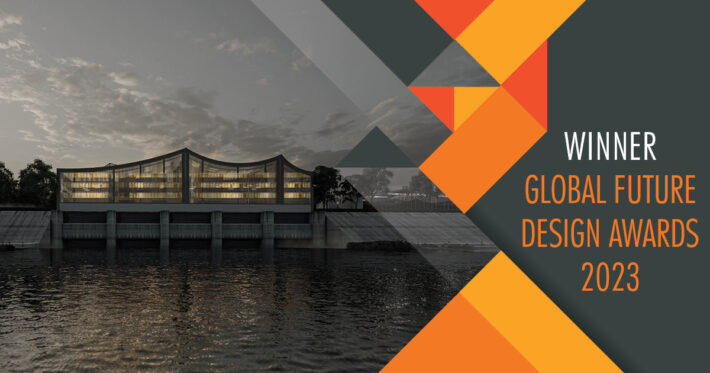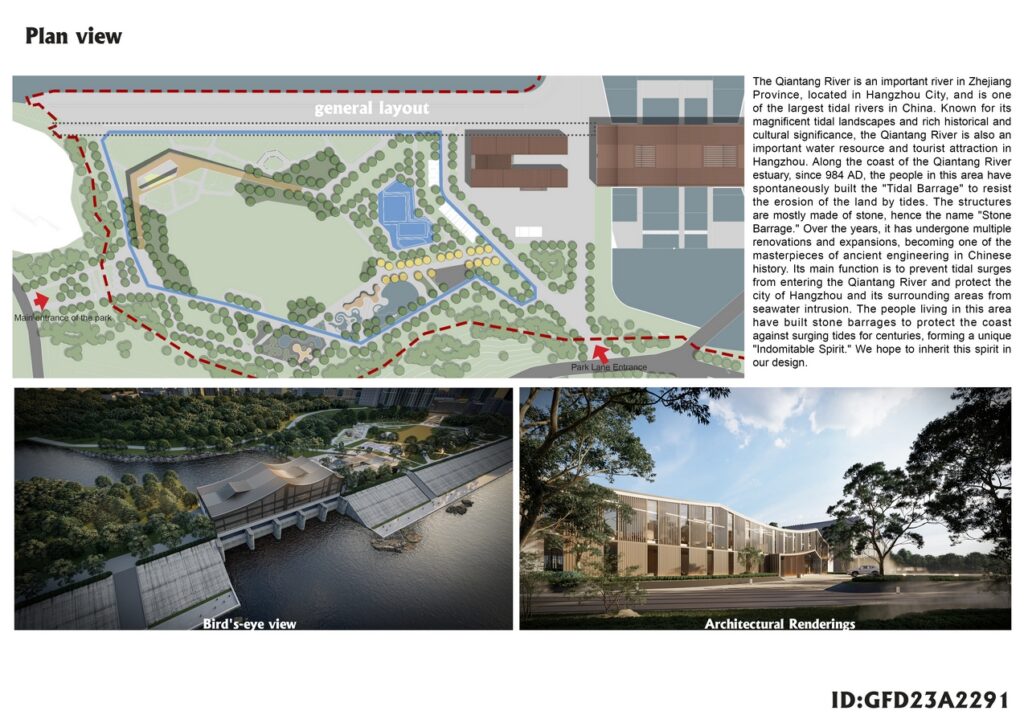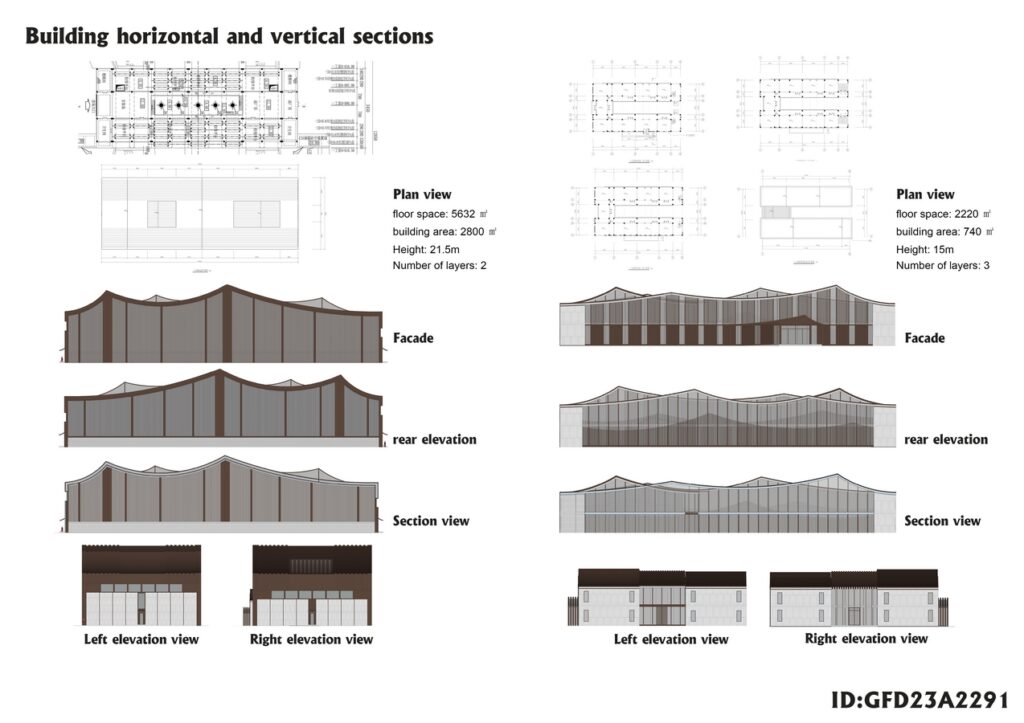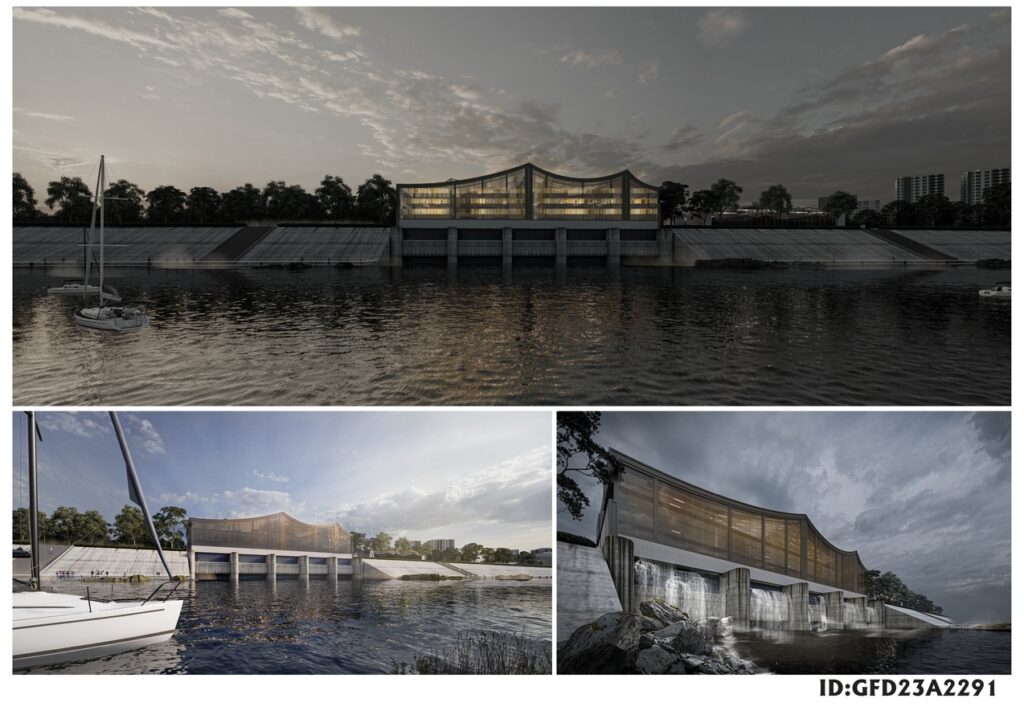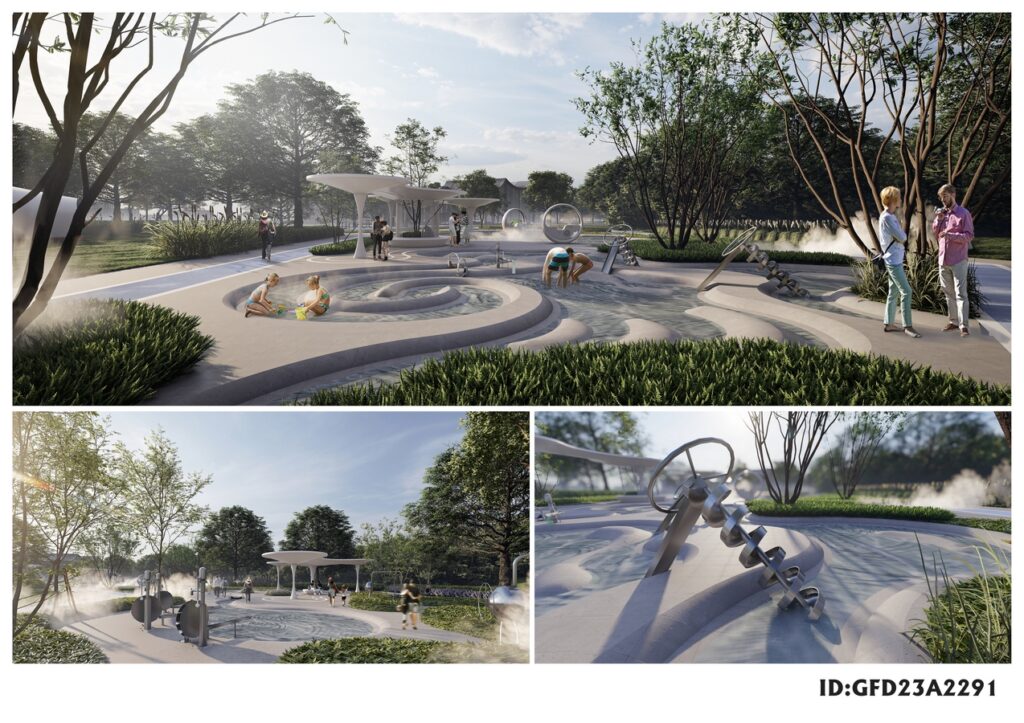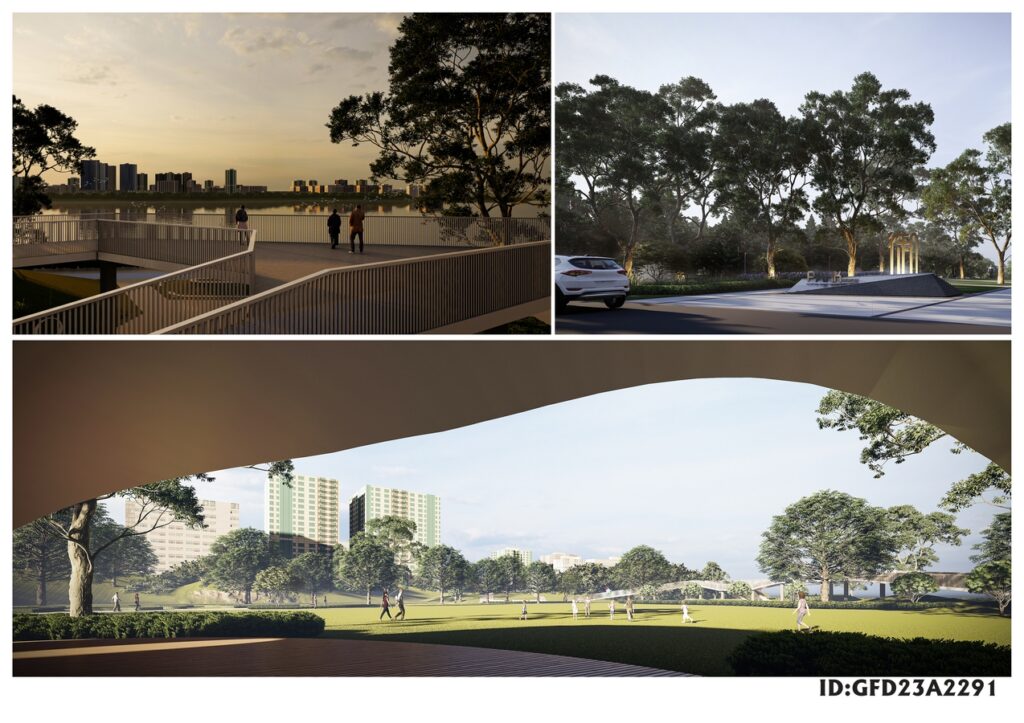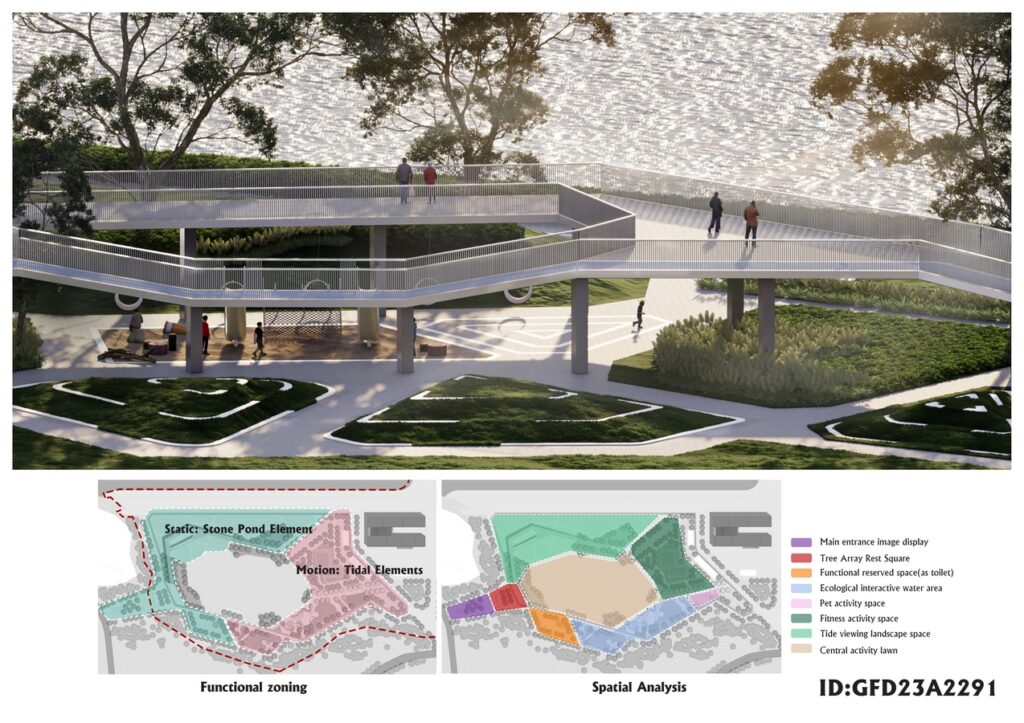This project is located along the Qiantang River in Xiaoshan District, Hangzhou City, Zhejiang Province, China. It is a water conservancy and flood control project for a tributary of the Qiantang River, aiming to improve the regional water environment.
Global Future Design Awards 2024: Entries Open!
Take your work to the next level. Register Now…
Gold 🏆 Winner
Global Future Design Awards 2023
Qiantang River water conservancy project
Infrastructure (Under Construction)
Firm
Hangzhou Qinzi Landscape Design Co. , Ltd.
Architect/Designer
Yan qiankun
Design Team
Jiang nan、Yuan hongnan、Sun xiaocheng、Chengxiao、Yang jinhui、Xia shurong、Niu siyu、Mei zhengming 、Liu xiaoyi、Fan yixuan
Project Location
Hangzhou, Zhejiang, China
Country
China
Photographer/Copyright
©Hangzhou Qinzi Landscape Design Co. , Ltd.
Social Media Handles
Facebook: Not Available
YouTube: Not Available
Instagram: Not Available
Twitter: Not Available
Website URL
N/A
The Qiantang River is an important river in Zhejiang Province, located in Hangzhou City, and is one of the largest tidal rivers in China. Known for its magnificent tidal landscapes and rich historical and cultural significance, the Qiantang River is also an important water resource and tourist attraction in Hangzhou. Along the coast of the Qiantang River estuary, since 984 AD, the people in this area have spontaneously built the “Tidal Barrage” to resist the erosion of the land by tides. The structures are mostly made of stone, hence the name “Stone Barrage.” Over the years, it has undergone multiple renovations and expansions, becoming one of the masterpieces of ancient engineering in Chinese history. Its main function is to prevent tidal surges from entering the Qiantang River and protect the city of Hangzhou and its surrounding areas from seawater intrusion. The people living in this area have built stone barrages to protect the coast against surging tides for centuries, forming a unique “Indomitable Spirit.” We hope to inherit this spirit in our design.
The architecture is divided into two blocks, taking the traditional sloping roofs of local buildings as a reference and incorporating the form of tidal waves as an element. The buildings present a posture of overlooking the shore, paying tribute to the ancient embankment projects that have guarded the riverbank for centuries.
- Hydraulic engineering floodgate building with a floor area of 5,632 ㎡ and a footprint of 2,800 ㎡. It is a two-story building with a height of 21.5 m.
- Office supporting building with a floor area of 2,220 ㎡ and a footprint of 740 ㎡. It is a three-story building with a height of 15 m.
The initial intention of the green space within the red line is to serve as supporting land for the floodgate. We believe that viewing it purely as a supporting function would be too narrow in understanding the site. Therefore, we envision integrating it into the overall city as a subsidiary node of the urban leisure belt along the south bank of the Qiantang River, endowing it with more urban interactive space attributes.
Based on our understanding of the relationship between the “stillness” of the stone barrage and the “movement” of the tidal waves, we have incorporated them into the park design as a reference for functional divisions within the park. The “still zone” features an observation platform for leisure and sightseeing, serving as an outdoor recreation area for enjoying distant views of the Qiantang River for most of the time. During the annual tidal waves, the observation deck serves as the best viewing point for the Qiantang Tidal Bore, ensuring absolute safety with its distance from the tidal waves. The “dynamic zone” includes sports facilities, children’s water features, and serves as a public area connecting to the city, providing a vibrant space for outdoor activities for local residents.


